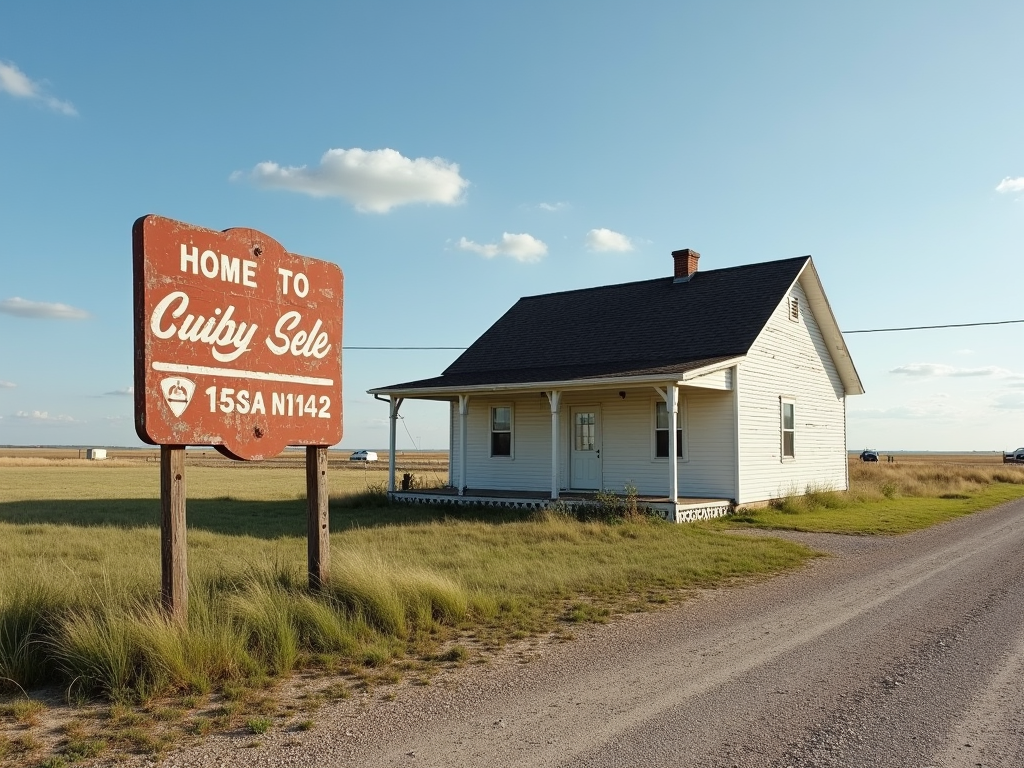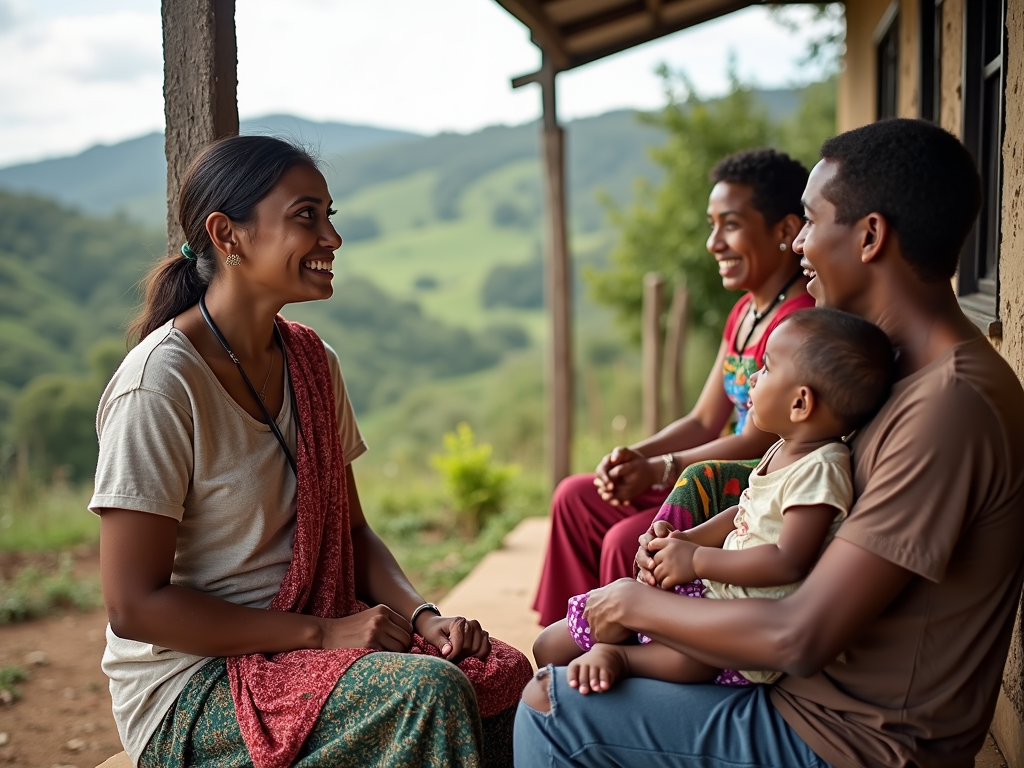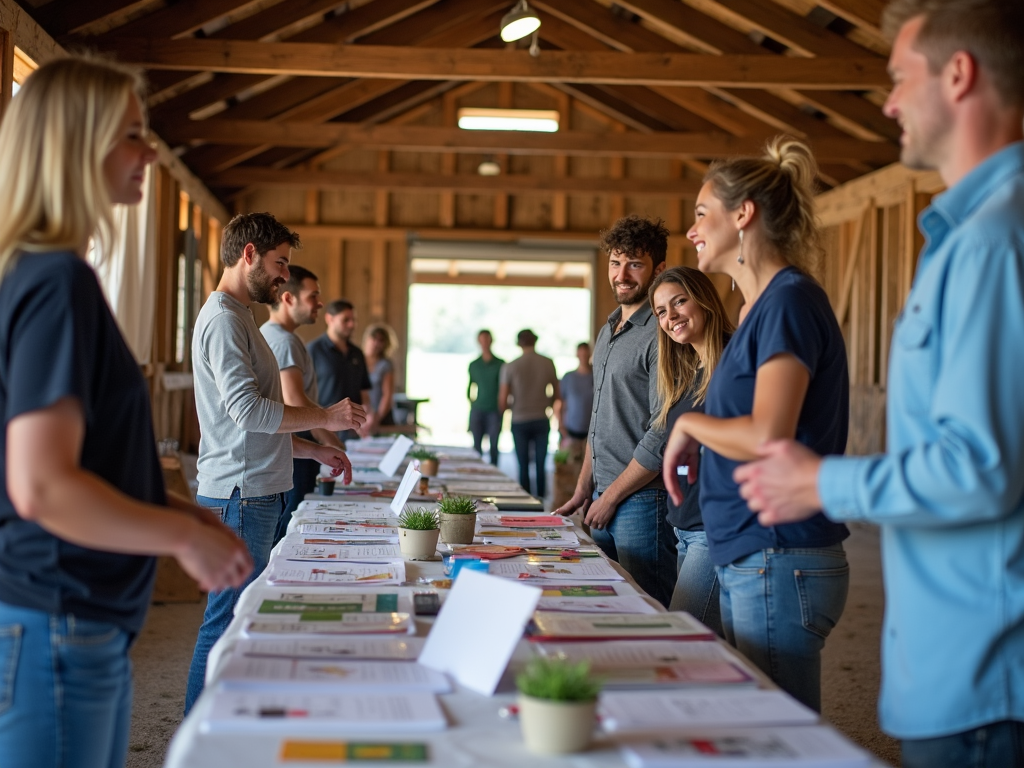Overview
Access to healthcare is a basic need, but for many in rural areas, it’s hard to get. Barriers to access to care in rural areas affect health and happiness. This article dives into these challenges, shares real stories, and offers ways to boost community health.
Why Access to Care Matters
Growing up in a rural town, I saw how tough it was to get medical help. The nearest doctor was miles away. For many, this meant waiting too long to see someone, making small problems big ones. Access to care isn’t just about seeing a doctor—it’s about keeping families strong and healthy.
Rural areas often lack clinics or hospitals. When I was a kid, our town had one small clinic, and it couldn’t handle everything. People had to drive hours for things like X-rays or specialist visits. This distance is a huge barrier to access to care in rural areas.

This image shows a rural clinic, simple and isolated. The weathered sign and empty surroundings tell a story of limited resources. Places like this struggle to serve everyone, making healthcare feel out of reach for many rural families.
Money Makes a Difference
Money is another big hurdle. Many rural folks don’t earn much, and health insurance isn’t always an option. I remember my neighbor skipping checkups because he couldn’t pay. Travel costs add up too—gas, time off work, or even finding someone to watch the kids.
Without insurance, a simple doctor’s visit can break the bank. This financial strain stops people from getting care early, hurting family wellness in the long run.
Cultural Roadblocks
Sometimes, it’s not just distance or money—it’s about trust. In rural places, people might rely on home remedies or hesitate to see a doctor who doesn’t get their way of life. I once met a family who avoided clinics because they felt judged. If healthcare workers don’t understand local traditions, it builds walls.
Building trust is key to improving access to care. When providers respect rural values, people feel safer seeking help.

This picture captures a community health worker connecting with a family. The porch setting and open hills show how care can come to people. These workers bridge gaps, making healthcare personal and trusted in rural areas.
Not Enough Doctors
Rural areas often don’t have enough healthcare workers. Doctors and nurses tend to stay in cities where jobs pay more. In my hometown, we had one doctor for years, and he was stretched thin. Wait times were long, and some folks gave up trying.
Some places offer bonuses or debt relief to bring doctors to rural spots. It’s a smart fix that can boost community health by putting more caregivers where they’re needed.
Getting There Is Hard
Transportation is a sneaky problem. Rural roads can be rough, and buses or trains? Almost nonexistent. My aunt, who didn’t drive, missed appointments because no one could take her. For older folks or those with disabilities, this is a daily struggle.
This lack of options keeps people from care. It’s a barrier to access to care in rural areas that’s easy to overlook but tough to solve.

This image of a mobile health van shows hope in action. The nurse helping an elderly patient highlights how these vans bring care to those who can’t travel. It’s a real solution for rural communities, cutting through distance and transportation woes.
Health Trends in Rural Areas
Rural folks often face more health issues like diabetes or heart disease. Why? Less preventive care, tougher living conditions, and sometimes even the environment—like farm chemicals. I’ve seen friends deal with asthma from dusty fields, with no nearby help.
These patterns show why health equity matters. Rural families deserve the same shot at good health as city dwellers.
Solutions That Work
Good news—there are ways to fix this. Telemedicine lets doctors see patients through video calls, saving trips. In my area, a friend used it for a skin check and loved it. Mobile clinics roll into towns with shots and checkups, too.
Community health workers are stars here. They visit homes, teach families, and build trust. These steps improve access to care and lift up rural life.
A Closer Look at the Numbers
Here’s how rural and urban healthcare stack up:
| Factor | Rural | Urban |
|---|---|---|
| Clinics per 100,000 people | 5 | 12 |
| Miles to nearest hospital | 25 | 4 |
| Insured residents | 78% | 92% |
| Doctors per 100,000 | 35 | 85 |
These stats show the gap. Fewer clinics, longer drives, and less coverage make rural care a challenge.

This photo of a health fair in a barn shows community spirit. Volunteers setting up tables bring free care to those who need it. It’s a heartfelt way to tackle barriers and boost family wellness right where people live.
Real Stories, Real Impact
In my town, volunteers once ran a free clinic. Uninsured folks got checkups, and it brought us together. Another time, a mobile unit gave kids vaccines before school started. These efforts prove rural communities can fight back against barriers to access to care.
Every step—whether it’s a van, a video call, or a friendly health worker—makes a difference.
Summary
Barriers to access to care in rural areas—like distance, cost, and trust—hit hard. But with tools like telemedicine, mobile units, and community health efforts, we can close the gap. Health equity isn’t a dream; it’s a goal worth chasing for stronger rural families.
Discuss Here